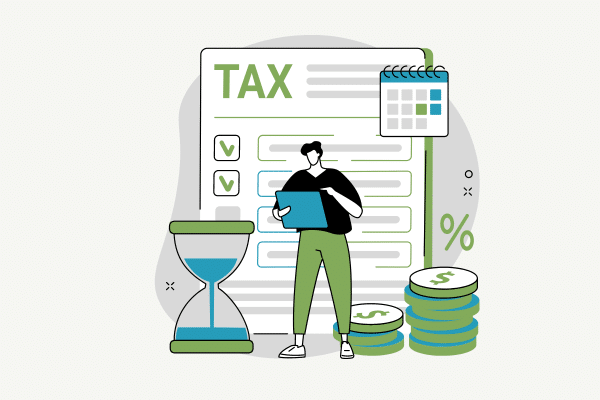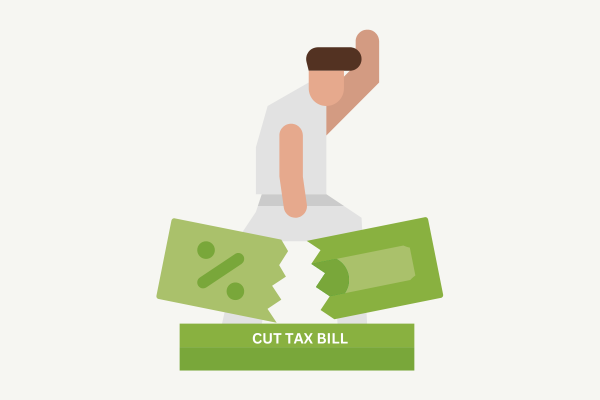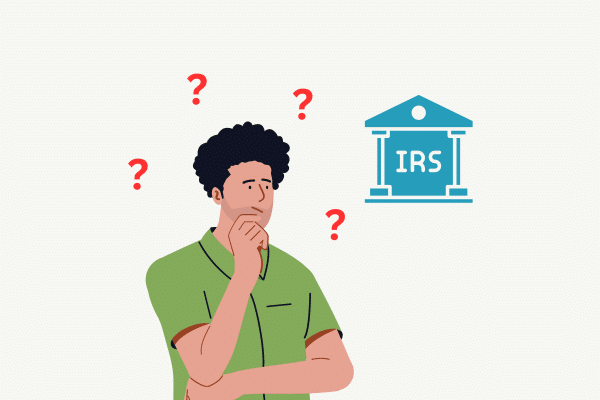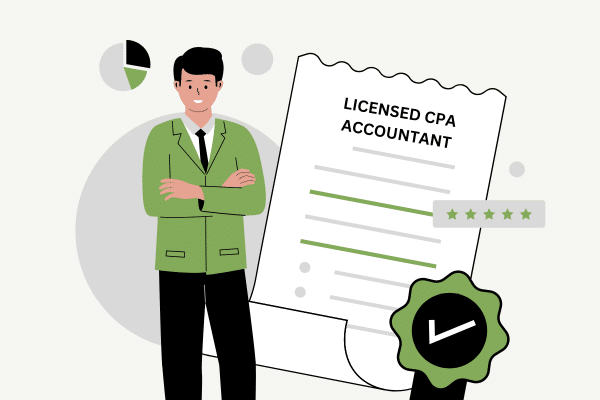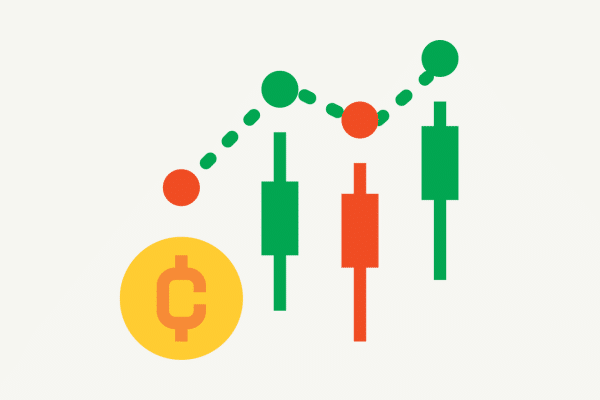
Did you sell or exchange any cryptocurrency during 2023? If so, you must disclose this information when you file your personal taxes this year, and you must pay cryptocurrency taxes. Federal tax Forms 1040 and 1040-SR specifically ask whether you sold, received, sent, exchanged, or otherwise gained any financial interest in a virtual currency at any time. The form requires you to check “Yes” or “No.”
Depending on your crypto income and filing status, you’ll generally either pay 0%, 15%, or 20% on your long-term gains. The 0% long-term capital gains tax rate applies if your taxable income is $0 to $44,625 (single filers) or $0 to $89,250 (married filing jointly).
There’s no avoiding this disclosure or payment of associated taxes—regardless of whether you receive a 1099-K, 1099-B, or 1099-MISC from a crypto exchange. Take the necessary steps to ensure you aren’t paying too little or too much. Start by reviewing how the IRS defines and taxes cryptocurrency.
For federal tax purposes, digital assets are treated as property. General tax principles applicable to property transactions apply to transactions using digital assets. You may be required to report your digital asset activity on your tax return. For more information on the tax treatment of property transactions, see Publication 544, Sales and Other Dispositions of Assets.
❓ How the IRS Taxes Cryptocurrency
You’re required to pay taxes on crypto. Taxes are due when you sell, trade, or dispose of cryptocurrency in any way and recognize a gain. For example, if you buy \$1,000 of crypto and sell it later for \$1,500, you would need to report and pay taxes on the profit of \$500. If you dispose of cryptocurrency and recognize a loss, you can deduct that from your taxes.
Buying crypto on its own isn’t a taxable event. You can buy and hold cryptocurrency without any taxes, even if the value increases. There needs to be a taxable event first, such as selling cryptocurrency.
Cryptocurrency Capital Gains📈 & Losses 📉
To the IRS, your cryptocurrency properties are capital assets. The IRS taxes any profit you make when you sell your Ethereum, Bitcoin, or another cryptocurrency. This includes purchases you make with your virtual currency if the value exceeds the amount you paid initially. Essentially, the IRS says if you’re selling your cryptocurrency at a profit—the goods or services you receive are merely an exchange for the convertible virtual currency.
Both your annual income and the length of time you’ve held your virtual currency affect your capital gains tax rate. If you’ve held your cryptocurrency for less than one year, it is a short-term gain and you will pay taxes at your normal rate. However, if you’ve held it for more than a year and your income meets eligibility requirements, you may pay a lower rate on your long-term capital gain.
Alternatively, your cryptocurrency may have lost value. If that’s the case, you suffer a capital loss when you exchange it for less than you paid for it. This loss may help reduce any personal taxes you owe.
Cryptocurreny Income 💸
When you mine cryptocurrency or receive it as payments, perks, or bonuses for work you’ve performed or goods you’ve sold, it’s treated as taxable income. The amount is equal to the market rate value on the date you received it. You pay the same tax rate you would on your other income. If you then sell or otherwise transfer that cryptocurrency at a profit, you’ll owe capital gains on that increased value.
⚠️ Avoid Overpaying or Underpaying Crypto Income Taxes
Keep detailed records of all your cryptocurrency transactions. This will make things easier when it comes time to pay your personal taxes. There are excellent software tools that can help you stay on top of these record-keeping tasks. Remember that you are likely to pay a lower tax rate on long-term capital gains, so it may be smart to hold on to your cryptocurrency for at least 12 months. Offsetting gains with losses is another viable option.
If you’ve invested in or otherwise received cryptocurrency, contact Insogna CPA to ensure that you’re not over or underpaying your taxes. We also recommend using advanced software tools to combine your virtual wallets for IRS tax reporting.
Stay ahead of the crypto game!
Ensure your crypto income tax is handled correctly. Contact us today to schedule a consultation with a tax advisor. Let us help you navigate the complexities of quarterly tax filing and optimize your cryptocurrency tax strategy.
